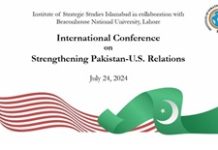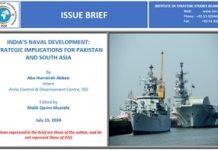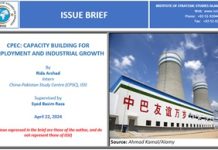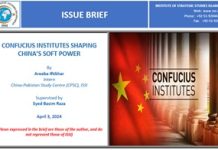The economic and strategic investment by China under its Belt and Road Initiative (BRI) is credited as the country’s greatest international economic ambition catering to 64 % of the world population and 30 % of world GDP.[1] Launched in 2013 by Chinese paramount leader Xi Jinping, the initiative includes six land and one maritime route encompassing 60 countries in an attempt to create cultural integration and fast-moving economic trade corridors. A key component of this project is the reconfiguration of the maritime silk route spurring investment from both state owned enterprises and directly from the Chinese government to key ports along the route. This brief aims to assess two ports namely, Hambantota and Gwadar, that received Chinese investment and how the economic and political climate has been orchestrated to work towards achieving the previously mentioned ambition.
The belt and road initiative aims to develop trade superiority for China using land and maritime routes. To secure the maritime route, China has followed an investment scheme into major ports along the trade circuit hailing sizeable economic financing and the prospect of designated special economic zones to spur development. The investment has been welcomed by most countries that find it difficult to obtain debt financing on relaxed terms such as those offered by Beijing, due to economic and/or political instability. This has been evident by the infrastructure investment in Africa with an approach that downplays political issues (e.g. unstable governments) while creating investment inflow opportunities.[2] China has strategically placed the aforementioned investment to fit the BRI route to ensure development of necessary infrastructure required for the eventual trade boom projecting, according to the World Bank, a 12% reduction in travel times along the corridor, an increase in trade between 2.7% and 9.7%, and the alleviation of 7.6 million people from extreme poverty.[3]
















